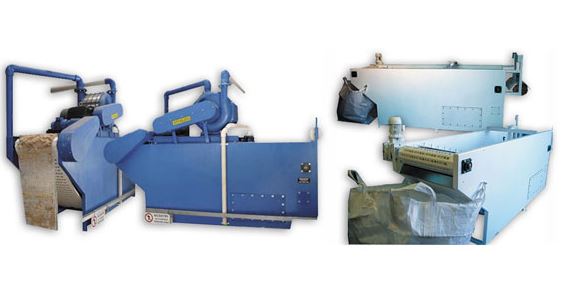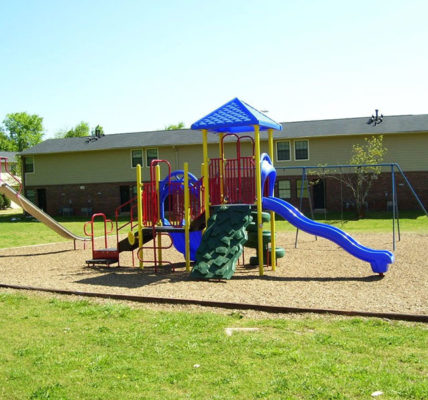Sludge is the residue that remains after treating wastewater. There are two types of sludge; primary and secondary sludge. Primary sludge is obtained when organics and solids are captured during the treatment process after undergoing gravitational sedimentation. Obtaining secondary sludge is through feeding of the biodegradable materials on microorganisms in the aeration tank. The water then flows into another clarifier where settling of biomass takes place and it is then retrieved as secondary sludge.
Sludge Dewatering techniques
1. Centrifuge
This is a machine that separates substances that have different densities by applying rotational forces; it operates using the law of buoyancy. In this method, a substance that has a high density settles underneath the wastewater while the one that is less dense floats over the sludge.
Using a centrifuge is ideal when your main concern is recovering oil and not the other residues; it also is a very quick process. It is mostly useful in sludge dewatering of wastewater treatment for municipalities and sludge dewatering of heavy oil.
2. Frame and Plate Filter Press
This method uses filter plates in a recessed-chamber that removes solids from liquids. The process entails joining two plates that create a pressure chamber that pressurizes the sludge and squeezes the scum out where it passes through a lining of a filter cloth. The filter cakes collect on the surface of the filter plate that is placed on top of a horizontal conveyor. The filter cakes have 40-70% of solid weight making the press an effective method of sludge dewatering. Since it produces a high quantity of waste, discarding and transportation of the waste is cost-effective. This method is effective in separating organic sludge and also fit for API separator sludge.
3. Belt Filter Press
This is a method used when there are no restrictions on the quantity of moisture content in a filter cake. The method produces 18%-25% of solid weight. It is a method mostly applicable in treatment plants for municipal wastewater. It is also useful in separating river silt and sludge in paper mills.
Methods of Treating Sewage Sludge
Apart from dewatering sludge, there are two other methods of treating sludge; digestion and thickening.
Digestion
This is a process that involves decomposing organic solids to reduce their total mass in order to make it simpler to dewater; the process also destroys pathogens in the sewage waste.
Thickening
This is the initial step in the treatment of sludge as it is difficult to work with thin sludge. The sludge is thickened in a gravity thickener to reduce the sludge by as much as 50% of its initial volume. You can use dissolved-air flotation instead of gravity thickening; this is where air bubbles lift the solid substances to the top by forming a layer of thick sludge. In conclusion, if you have a wastewater treatment plant, do not worry about what you will do with the sludge obtained in the process. A sludge dewatering process will help you deal with the sludge in an environmentally safe manner. There are several companies available in your area who you can consult when purchasing sludge dewatering equipment. Once you employ the right wastewater treatment methods, you will avoid problems with the law and play your part in environmental conservation. Good wastewater treatment translates to minimal harmful substances making it to environment.
Read Also:




